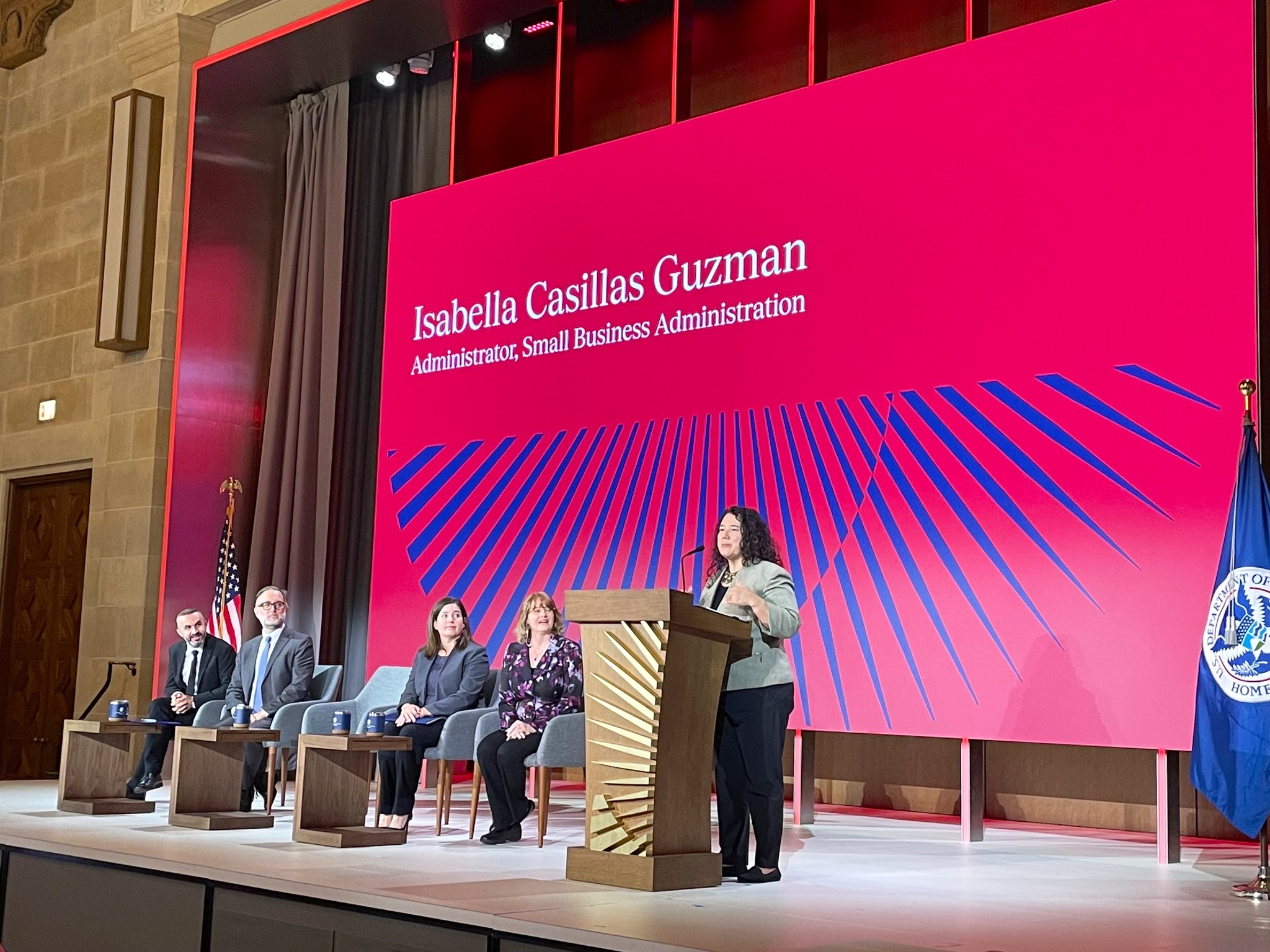
Mexican surgeon at Temple treats stroke patients with advanced technology
A new procedure led by Mexican surgeon Dr. Guillermo Linares at Temple Hospital, is on track to increase the number of patients who can be saved from a stroke.
Until now doctors treating patients with stroke caused by a clot in a brain artery have been limited by time constraints available to save the lives of those who suffer this deadly “brain attack.”
However, a new technology is on track to increase the number of patients who can be saved from deep brain damage and even prevent death.
Temple University Hospital is conducting a clinical trial led by Dr. Guillermo Linares, director of Neuro-Interventional Services, along with Dr. Kadir Erkmen, Temple’s director of Cerebrovascular Neurosurgery.
"For many years there was only one drug to treat a stroke, the tPA (tissue plasminogen activator), which can be injected into the veins and then circulates throughout the body to break down clots that block the arteries," Linares said.
According to the surgeon, among the disadvantages of this drug is that it can only be administered within three hours of the onset of stroke symptoms, and it is not safe for all patients to use.
"The probability that a clot in a large artery, such as those found in the brain, is dissolved with tPA is between 30 and 40 percent," Linares said.
Since August, Linares has been implementing a new technology to remove clots that block arteries in the brain through a device called a “stentriever.”
"We use a small wire to keep the artery open and that can go through the clot," Linares said. "The brain is such a delicate organ, that is better not leave anything behind. The device has a small wire that can remove the clot without causing brain damage. The moment I remove the wire, the clot is removed by the 'stent'," he said.
Since the artery must be opened before the brain suffers irreversible damage, patients should be treated as soon as possible. One of the great benefits is that the new technology offers a broader window in which to treat patients, up to 12 hours after the onset of stroke symptoms.
"The most important thing to remember is that it all starts at home or on the street, with people recognizing the symptoms. They must take immediate action and not ignore the symptoms. It is a sufficiently deadly disease, and more frequent than one would imagine," Linares said.
Research has shown that the rate of stroke is higher among Latinos than in non-Hispanic caucasians.
The most common symptoms of a stroke are sudden numbness or weakness of the face, arm or leg, especially on one side of the body; sudden confusion, trouble speaking or understanding what others say; sudden trouble seeing in one or both eyes, sudden trouble walking, lightheadedness, loss of balance or coordination; pain or sudden severe headache with no apparent cause.
According to Linares, people of any age can be affected by a stroke, from babies to adults. "But the risk factors that cause clots in the arteries tend to happen in people who suffer from diabetes, high blood pressure and systemic diseases, which are more common in older people."
"I think particularly Latinos tend to procrastinate and leave the visit to the hospital for the next day. That translates into a higher frequency of the disease and more patients arriving late for treatment," he added.
Originally from Mexico City, Linares graduated from the Medical School Ignacio A. Santos, at the Instituto Tecnológico de Monterrey (ITESM), in 2003. He fulfilled his community service requirement at a health center in the area of Cuauhtinchan in Puebla, the work he is most proud of.
His professional development brought him to the United States to expand his resume with degrees from Columbia University and the University of Pittsburgh, and a residency at the Cleveland Clinic Foundation.
"When I got involved with this type of health problem I realized it requires advanced technology to be treated. I came to the U.S. with the purpose to train myself and learn these techniques to eventually return to Mexico to apply them. It’s just that the time to go back has not arrived yet, " he said.
To carry out the clinical trial approximately 500 patients are required, and so far, more than 300 procedures have been done.
Linares’ hope is that his team can prove that the procedure works, that the system is important and that it can be applied at a regional and national level.
"I think we're in a time when the treatment of this disease is changing, and is changing for the better. I feel very happy to offer this advanced technology to the people of the region, in the most organized way and with the highest quality possible,” Linares said.










LEAVE A COMMENT:
Join the discussion! Leave a comment.